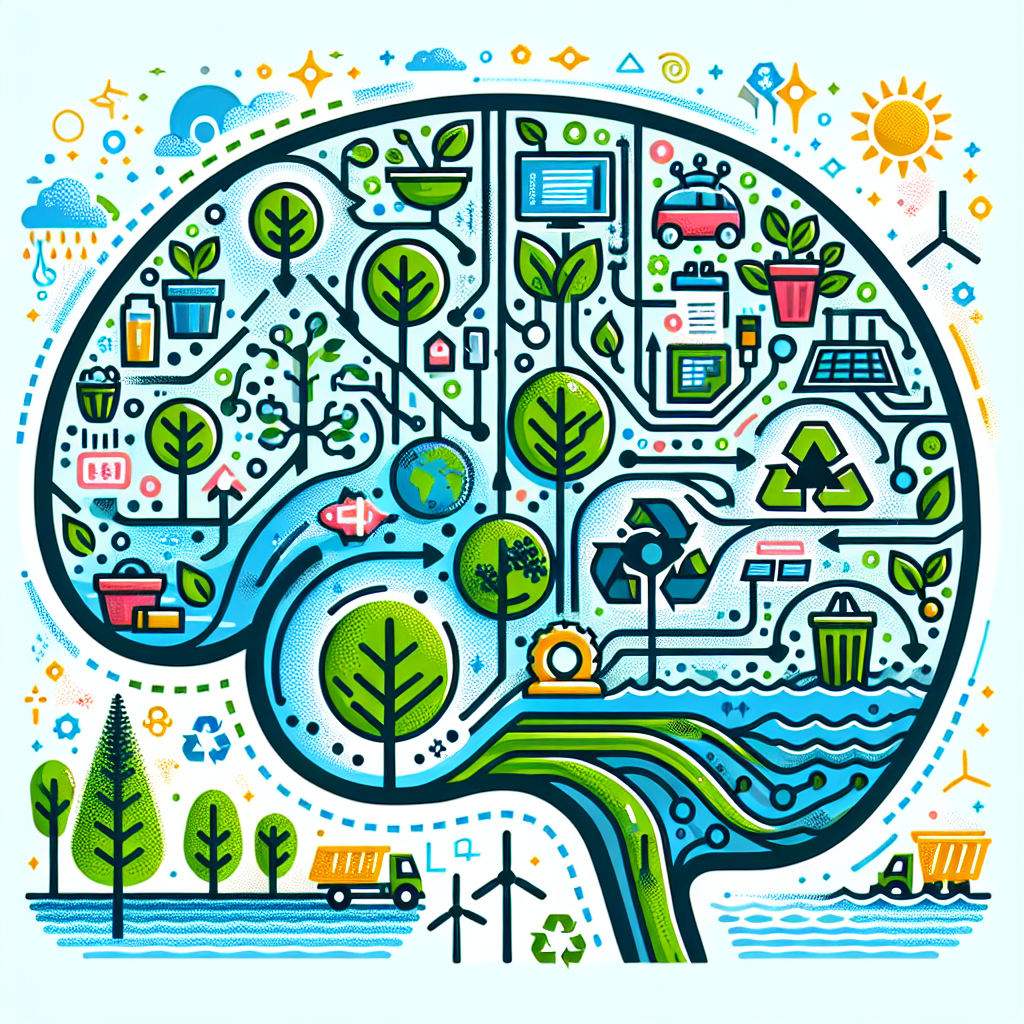Artificial General Intelligence (AGI) is a rapidly advancing technology that has the potential to revolutionize the way we interact with the world around us. One of the key areas where AGI is making a significant impact is in the field of environmental sustainability. From reducing energy consumption to improving waste management practices, AGI is driving sustainability efforts in ways that were previously unimaginable. In this article, we will explore how AGI is being used to address some of the most pressing environmental challenges facing our planet today.
AGI and Energy Efficiency
One of the most significant ways that AGI is driving sustainability efforts is through improving energy efficiency. AGI-powered systems can analyze vast amounts of data in real-time to identify patterns and trends that can help optimize energy consumption. For example, smart grids powered by AGI can dynamically adjust energy distribution based on demand, reducing waste and lowering costs. AGI algorithms can also be used to optimize building energy management systems, ensuring that heating, cooling, and lighting systems are operating at peak efficiency.
AGI and Waste Management
Another area where AGI is making a big impact is in waste management. AGI-powered systems can analyze data from sensors and cameras to identify waste sorting errors and contamination in recycling streams. This information can then be used to improve recycling processes and reduce the amount of waste that ends up in landfills. AGI can also be used to optimize waste collection routes, reducing fuel consumption and emissions.
AGI and Climate Change
AGI is also being used to address the challenges of climate change. By analyzing climate data and developing predictive models, AGI can help scientists better understand the impacts of climate change and develop strategies to mitigate its effects. AGI-powered systems can also be used to optimize renewable energy sources such as solar and wind power, making them more efficient and cost-effective.
AGI and Water Conservation
Water scarcity is a growing concern around the world, and AGI is playing a key role in efforts to conserve water resources. AGI-powered systems can analyze data from sensors and weather forecasts to optimize irrigation systems and reduce water waste in agriculture. AGI can also be used to monitor water quality and detect leaks in water distribution systems, helping to ensure that precious water resources are used efficiently.
AGI and Biodiversity Conservation
Biodiversity loss is another major environmental challenge, and AGI is being used to help protect endangered species and ecosystems. AGI algorithms can analyze satellite imagery and other data sources to track changes in biodiversity hotspots and identify areas that require protection. AGI can also be used to develop predictive models to help conservationists anticipate and respond to threats to biodiversity.
AGI and Environmental Policy
AGI is also being used to inform environmental policy decisions. By analyzing vast amounts of data from diverse sources, AGI can help policymakers understand the complex interactions between human activities and the environment. AGI-powered systems can also be used to simulate the potential impacts of different policy interventions, helping to identify the most effective strategies for promoting sustainability.
FAQs:
Q: What is Artificial General Intelligence (AGI)?
A: AGI refers to a type of artificial intelligence that is capable of performing any intellectual task that a human can do. AGI systems can learn from experience, adapt to new situations, and apply knowledge to solve complex problems.
Q: How is AGI different from other types of AI?
A: AGI is distinguished from other types of AI, such as narrow AI, by its ability to generalize and apply knowledge across a wide range of tasks. Narrow AI is designed to perform specific tasks within a limited domain, while AGI is more flexible and adaptable.
Q: How is AGI being used to drive sustainability efforts?
A: AGI is being used to improve energy efficiency, optimize waste management practices, address climate change, conserve water resources, protect biodiversity, and inform environmental policy decisions.
Q: What are some examples of AGI applications in sustainability?
A: Examples of AGI applications in sustainability include smart grids for energy optimization, waste sorting algorithms for recycling, climate modeling for climate change mitigation, irrigation systems for water conservation, biodiversity monitoring for conservation, and policy analysis for environmental decision-making.
Q: What are the potential benefits of using AGI for sustainability efforts?
A: The potential benefits of using AGI for sustainability efforts include improved resource efficiency, reduced environmental impact, enhanced biodiversity conservation, more effective policy interventions, and a more sustainable future for all.
In conclusion, AGI is a powerful tool that is driving sustainability efforts in a variety of ways. From improving energy efficiency to conserving water resources and protecting biodiversity, AGI has the potential to transform the way we interact with the environment for the better. By harnessing the power of AGI, we can work towards a more sustainable future for generations to come.

